Project Background
In the fast-paced world of mobile services, providers face the challenge of managing a wide array of customer needs, from sales and support to complex service-related requests. This case study details the design of a comprehensive tool that empowers support, sales, and administrative staff to efficiently handle these diverse customer interactions.
Problem
Mobile service providers typically rely on a patchwork of disparate systems to manage customer interactions, leading to several challenges:
Fragmented Workflows: Staff must navigate multiple applications to complete a single task, such as processing a sale and activating a new line.
Inconsistent Customer Experience: Lack of integration between systems can result in inconsistent information and disjointed service experiences.
Inefficiency and Errors: Manual data entry and system switching increase the risk of errors and slow down response times.
Limited Visibility: A lack of a unified view of the customer makes it difficult to personalize interactions and proactively address potential issues.
Training Complexity: Staff require extensive training to become proficient in using multiple systems, increasing onboarding time and costs.
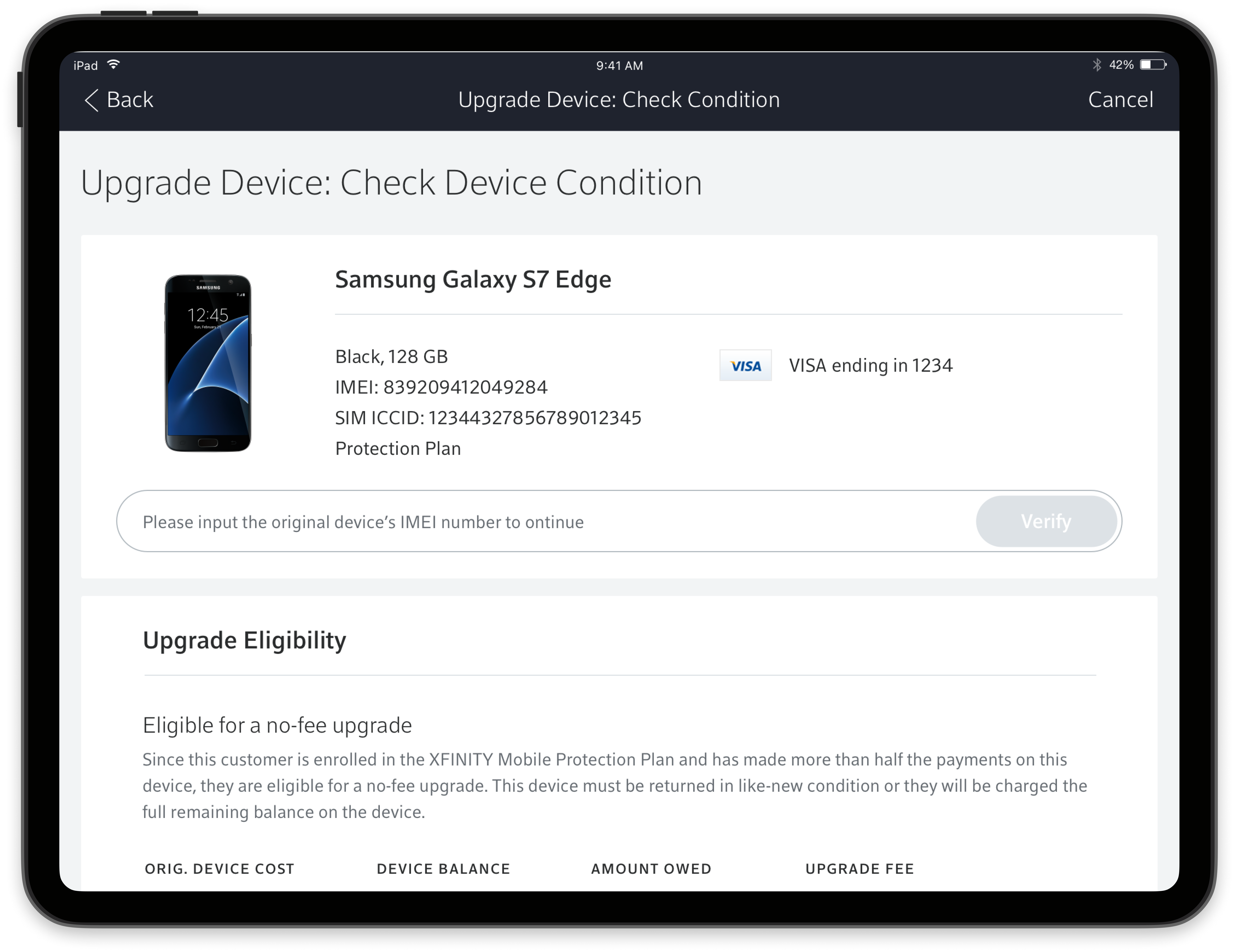
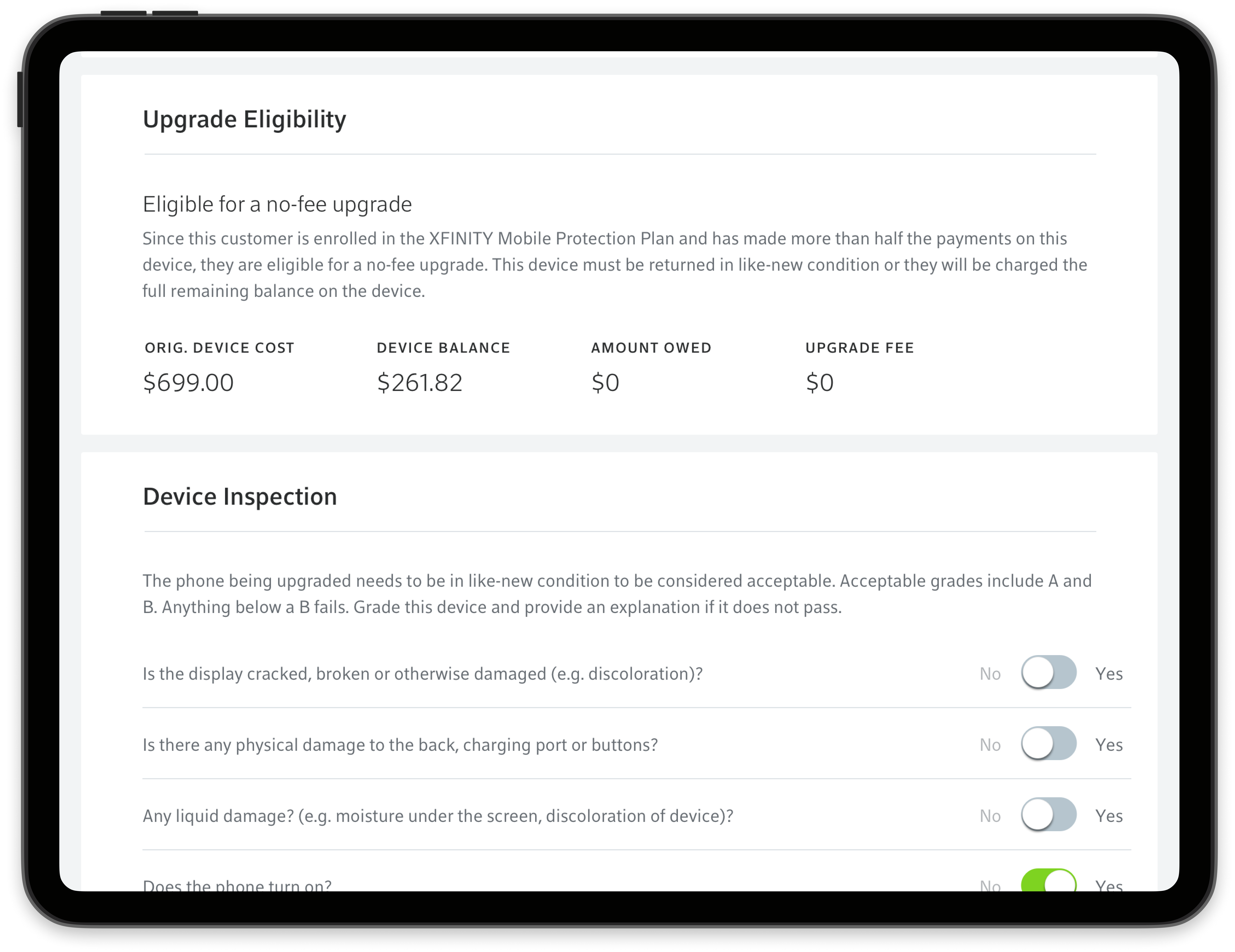
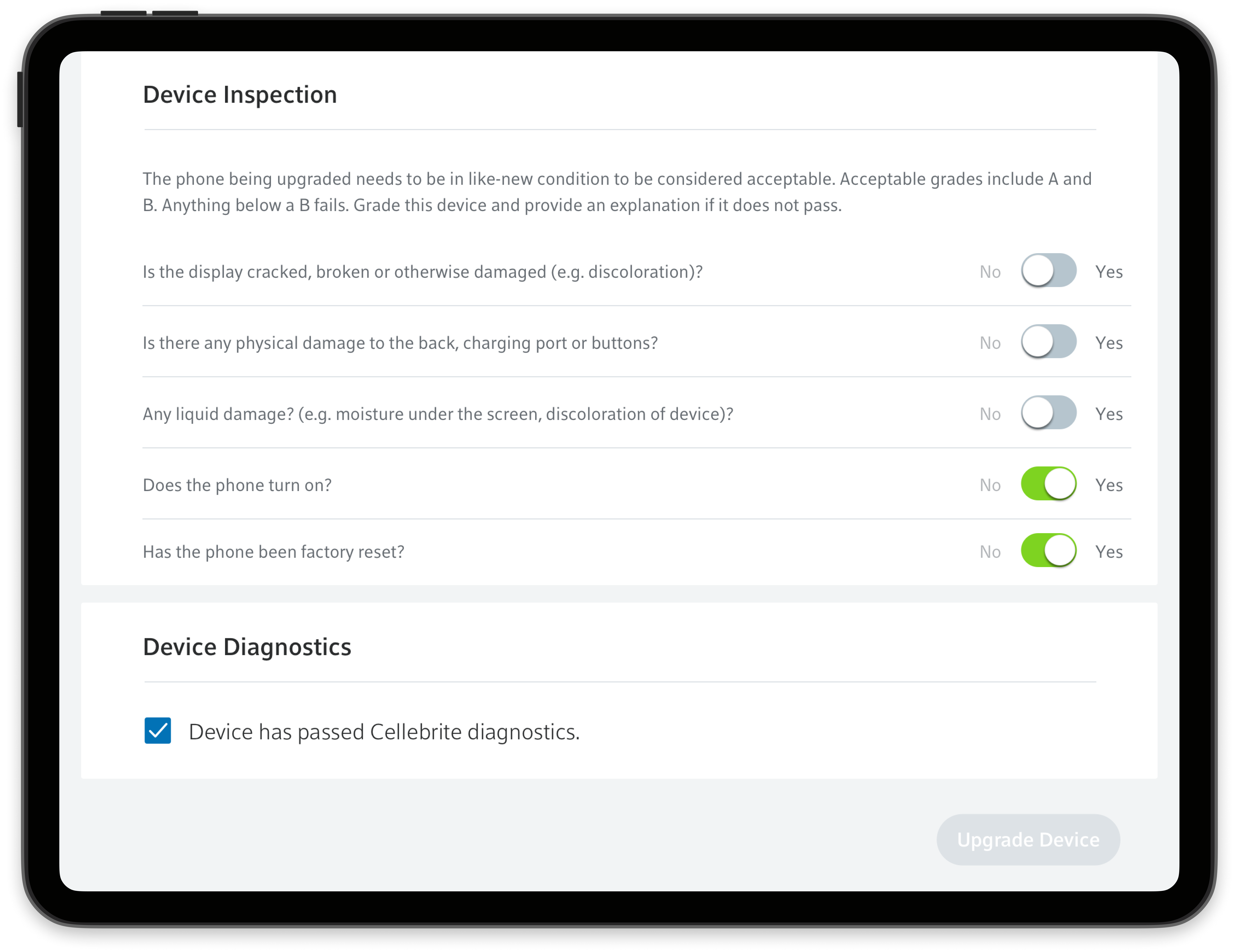
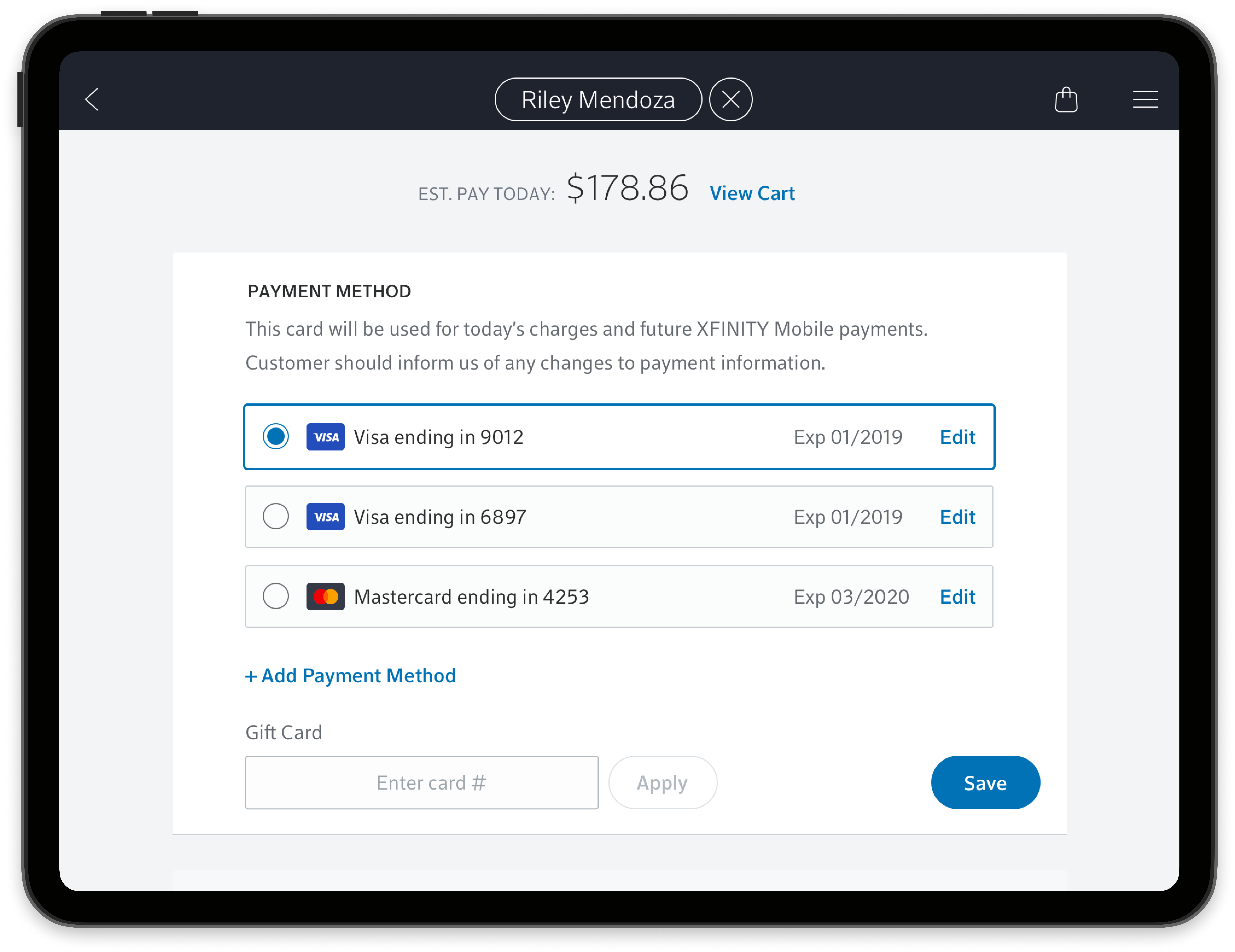

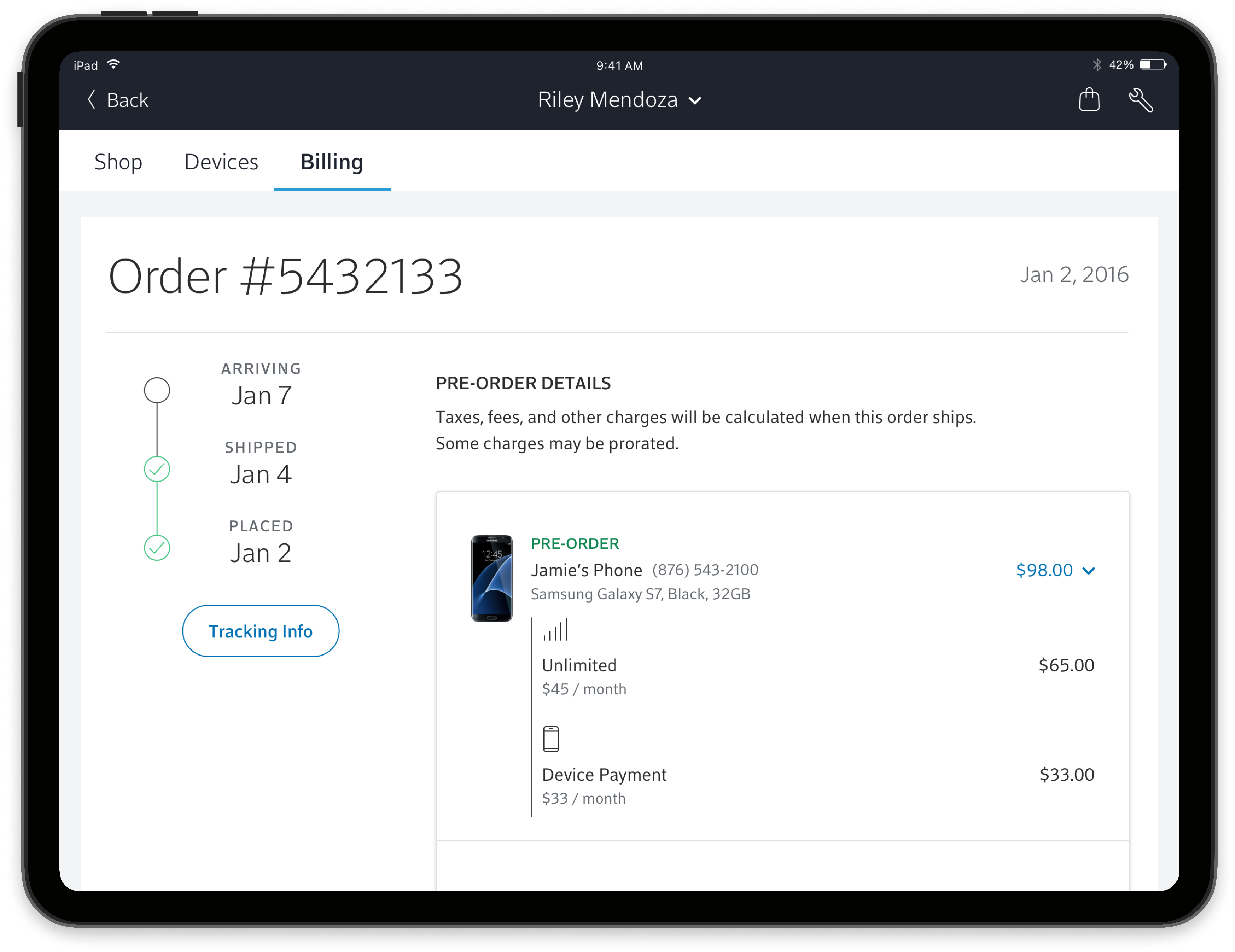
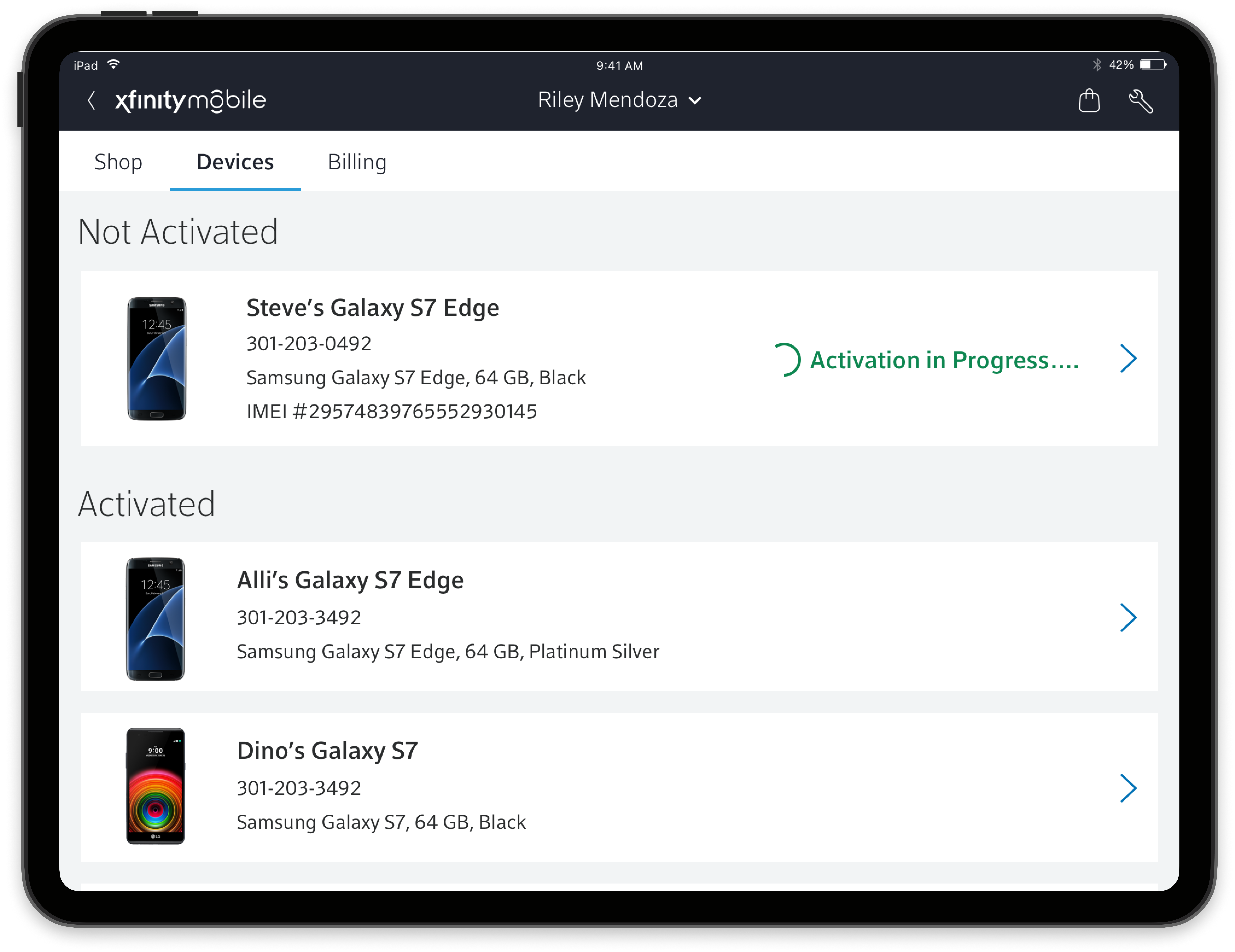
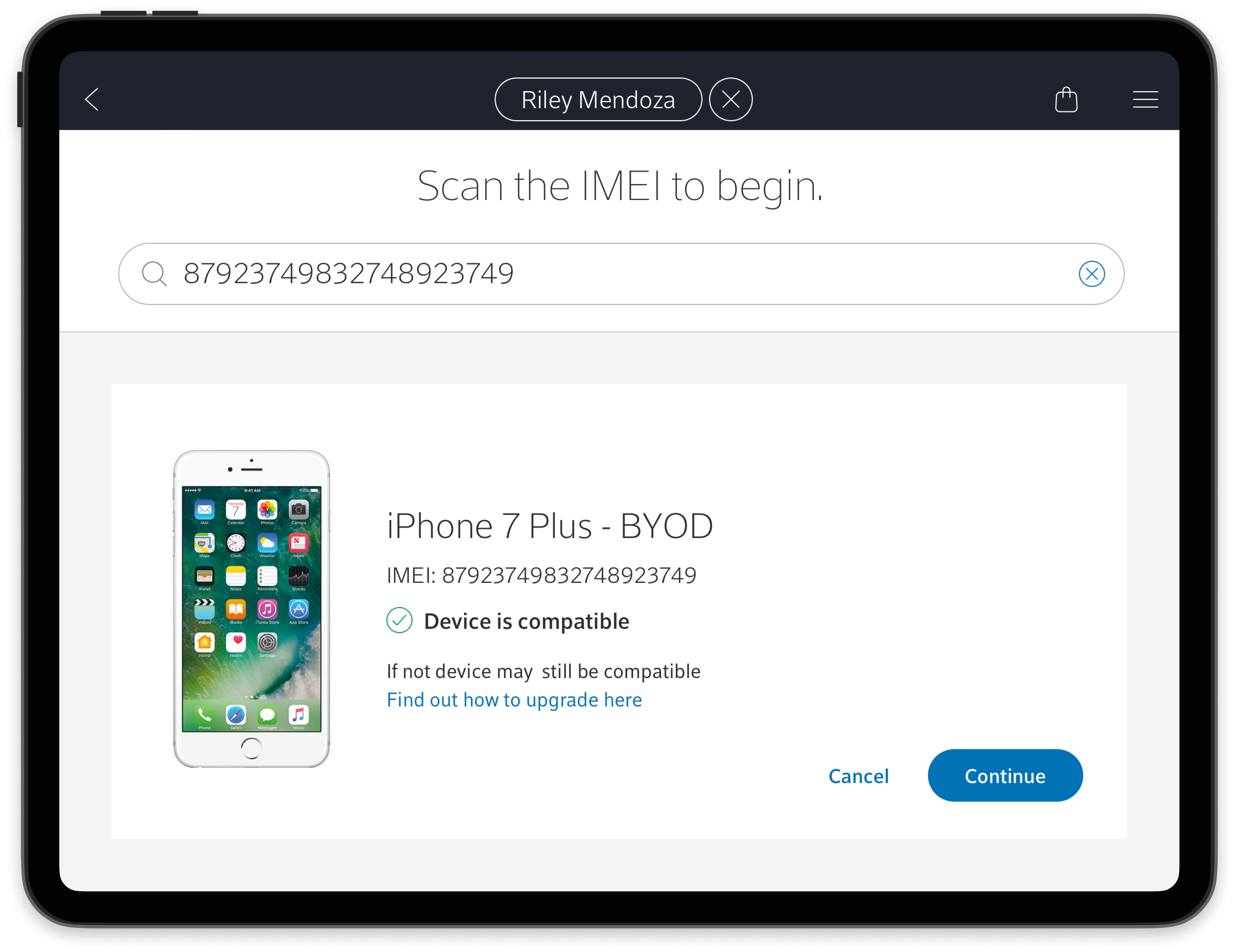
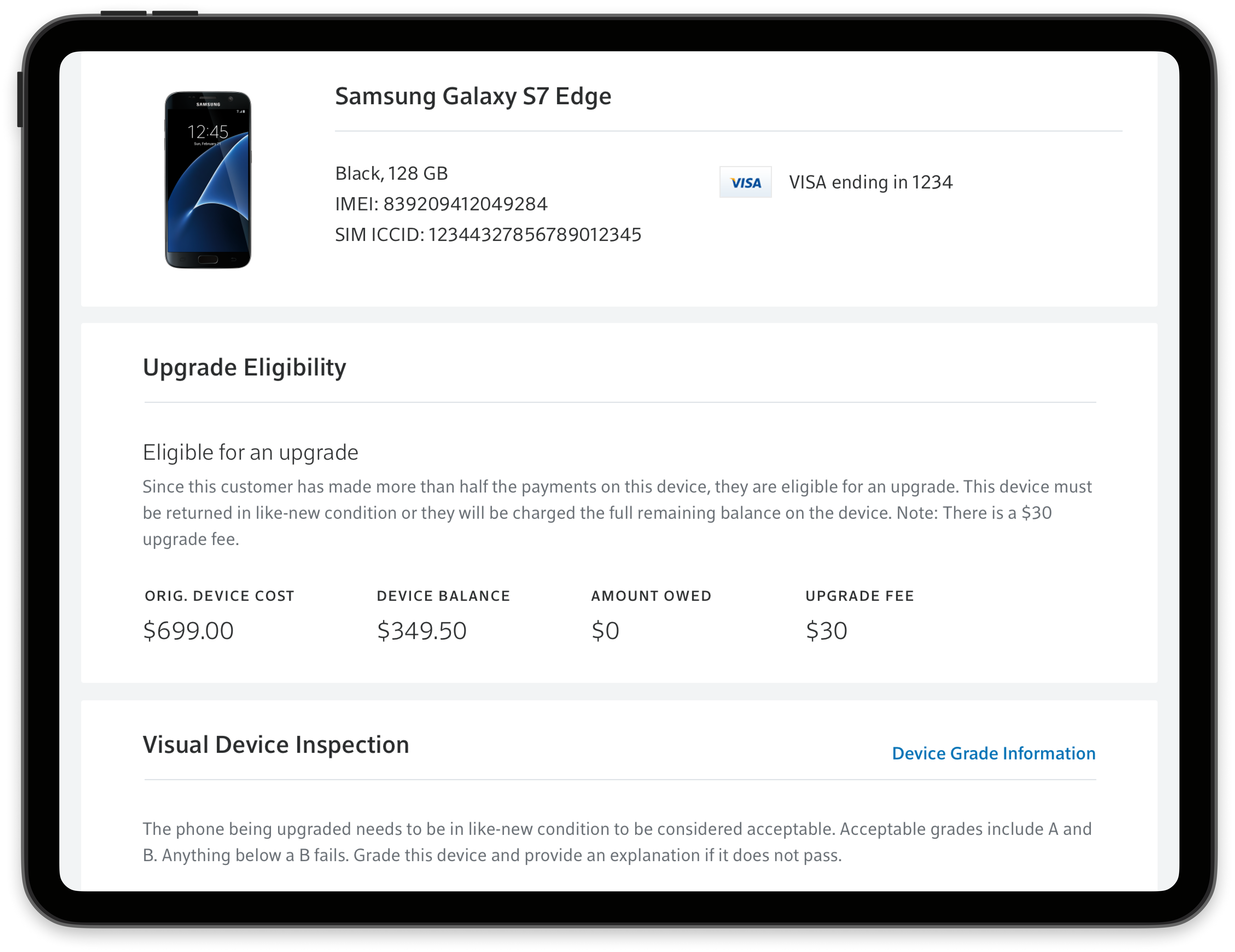

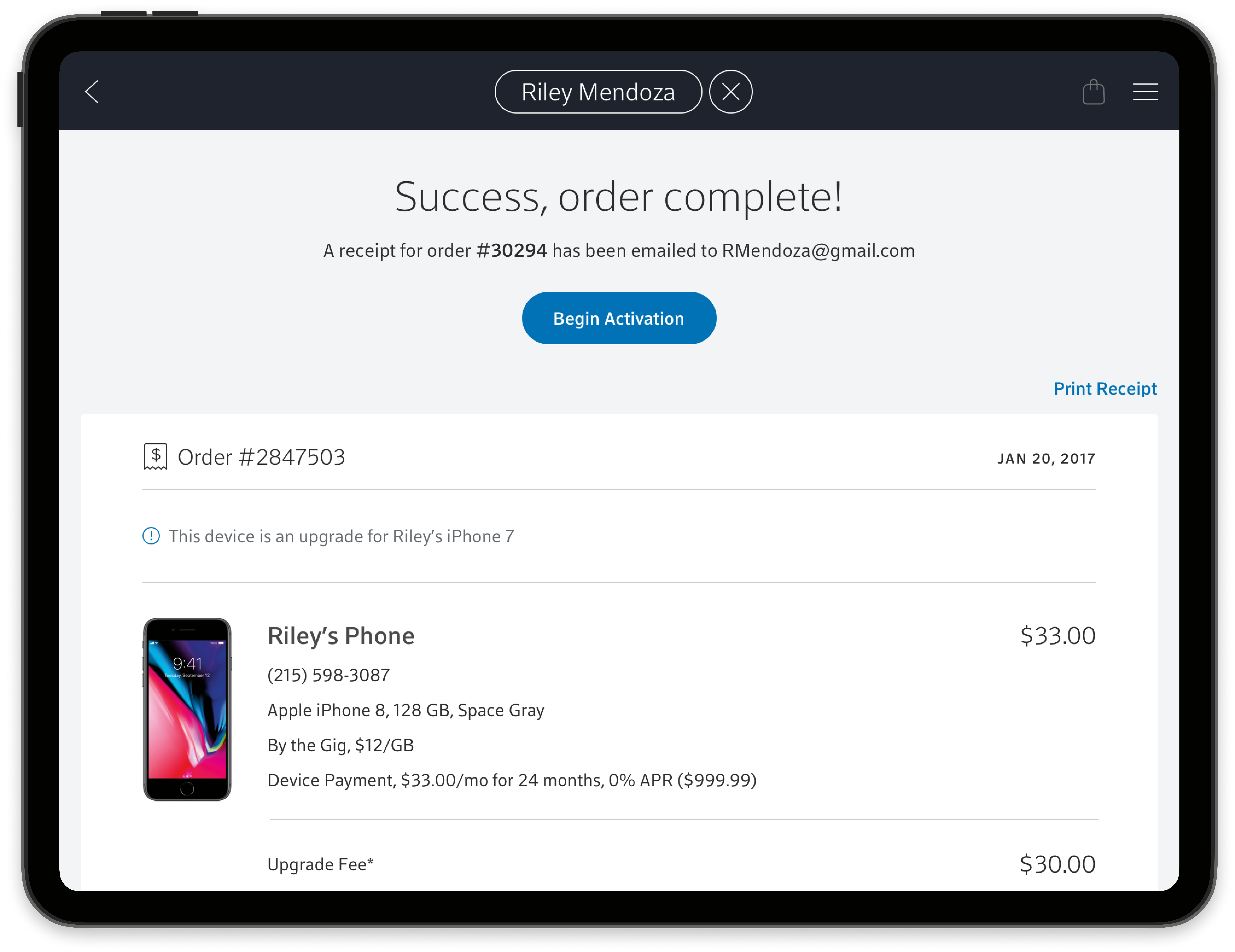
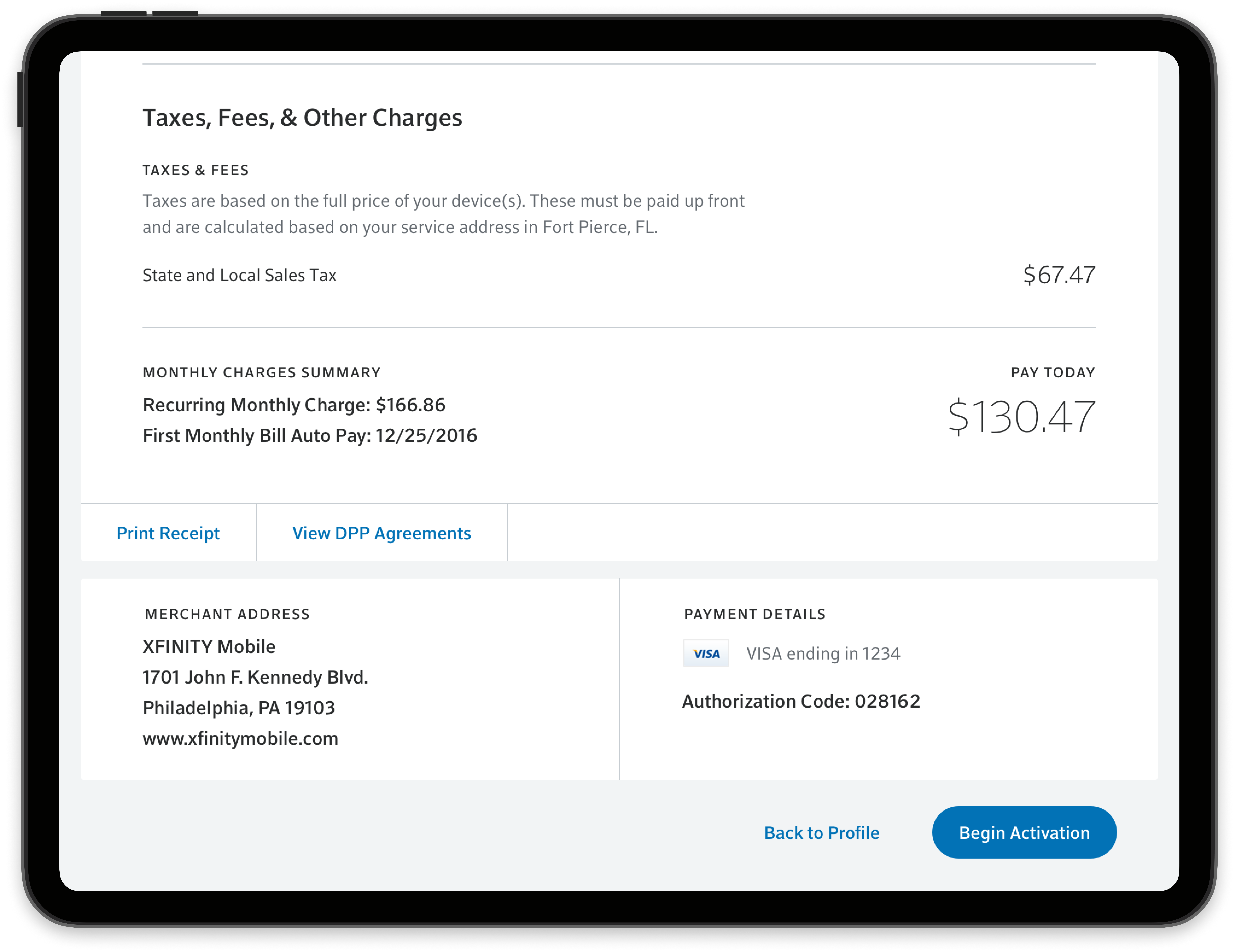
Goals
To design a unified tool that enables support, sales, and administrative staff to:
01: Efficiently manage a wide range of customer interactions within a single interface.
02: Provide a consistent and personalized customer experience.
03: Streamline workflows and reduce the risk of errors.
04: Gain a comprehensive view of the customer and their service history.
05: Simplify staff training and improve overall productivity.
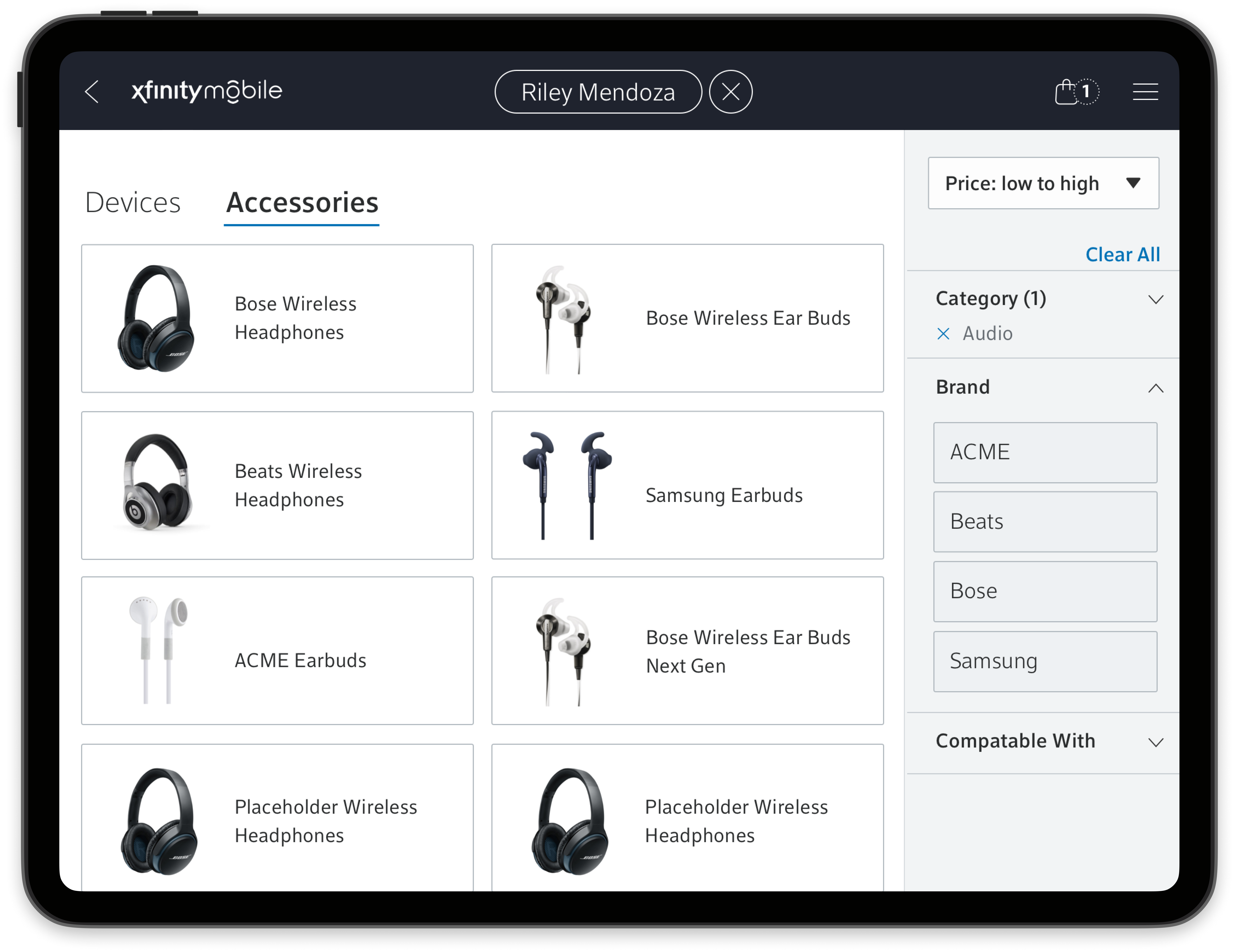
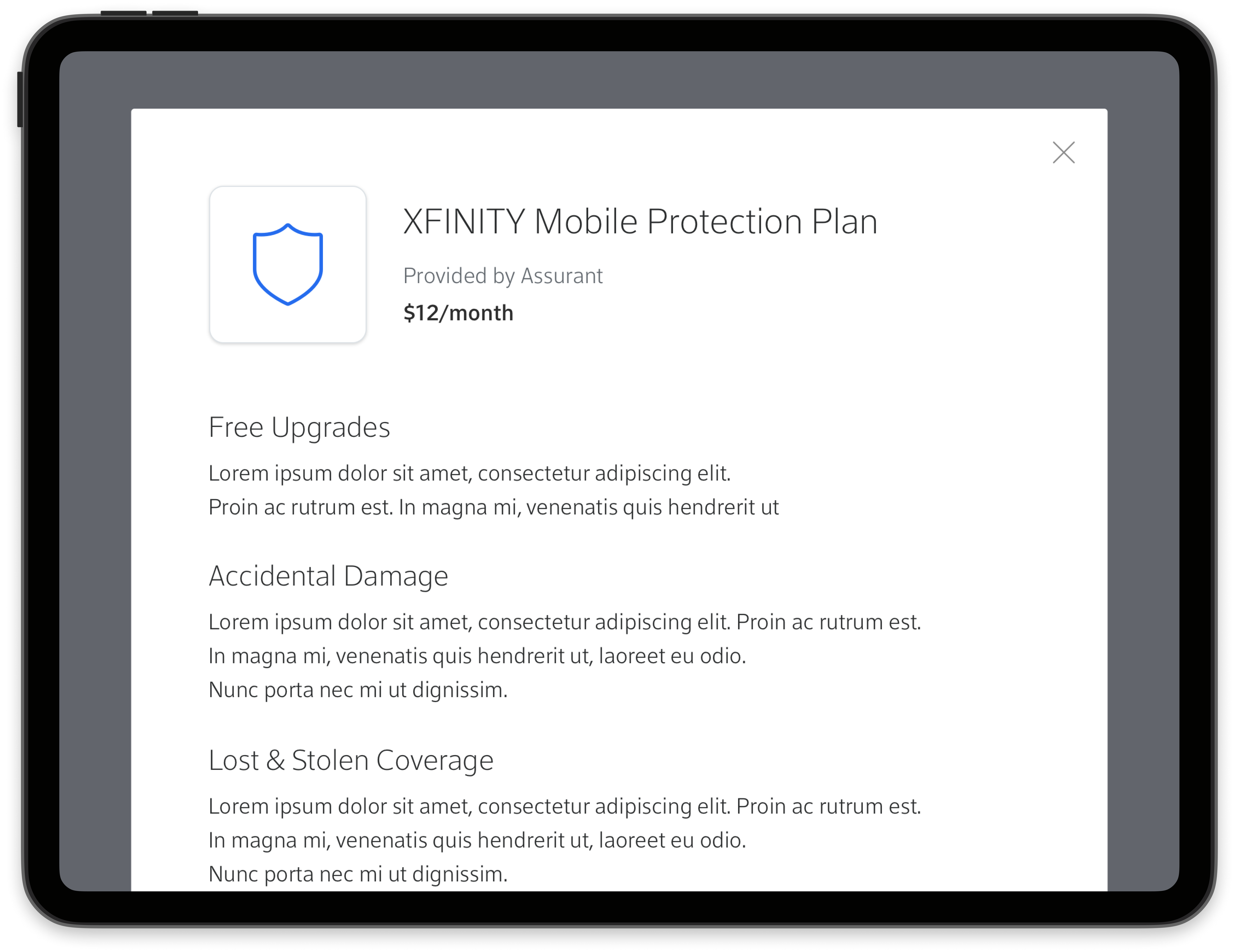

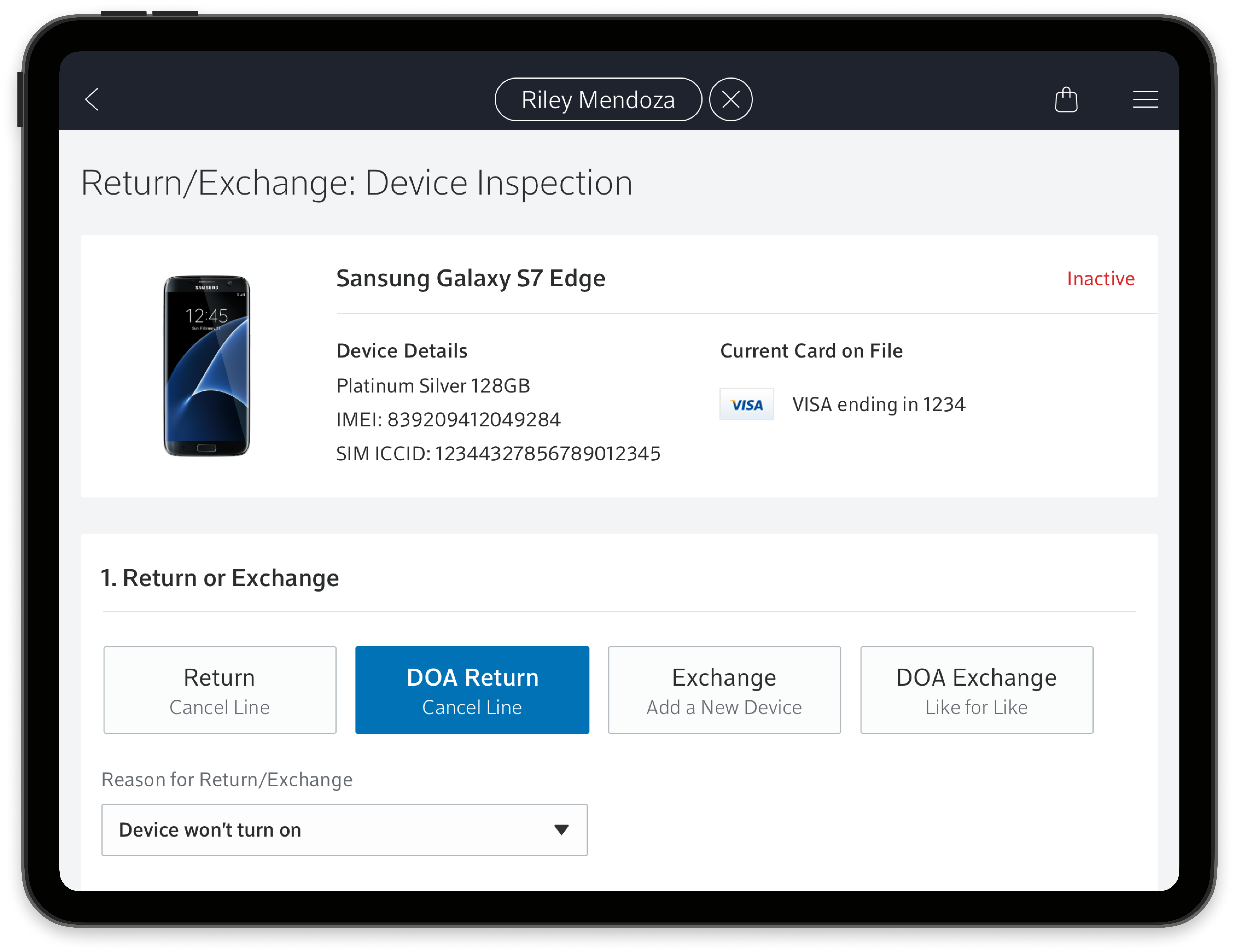
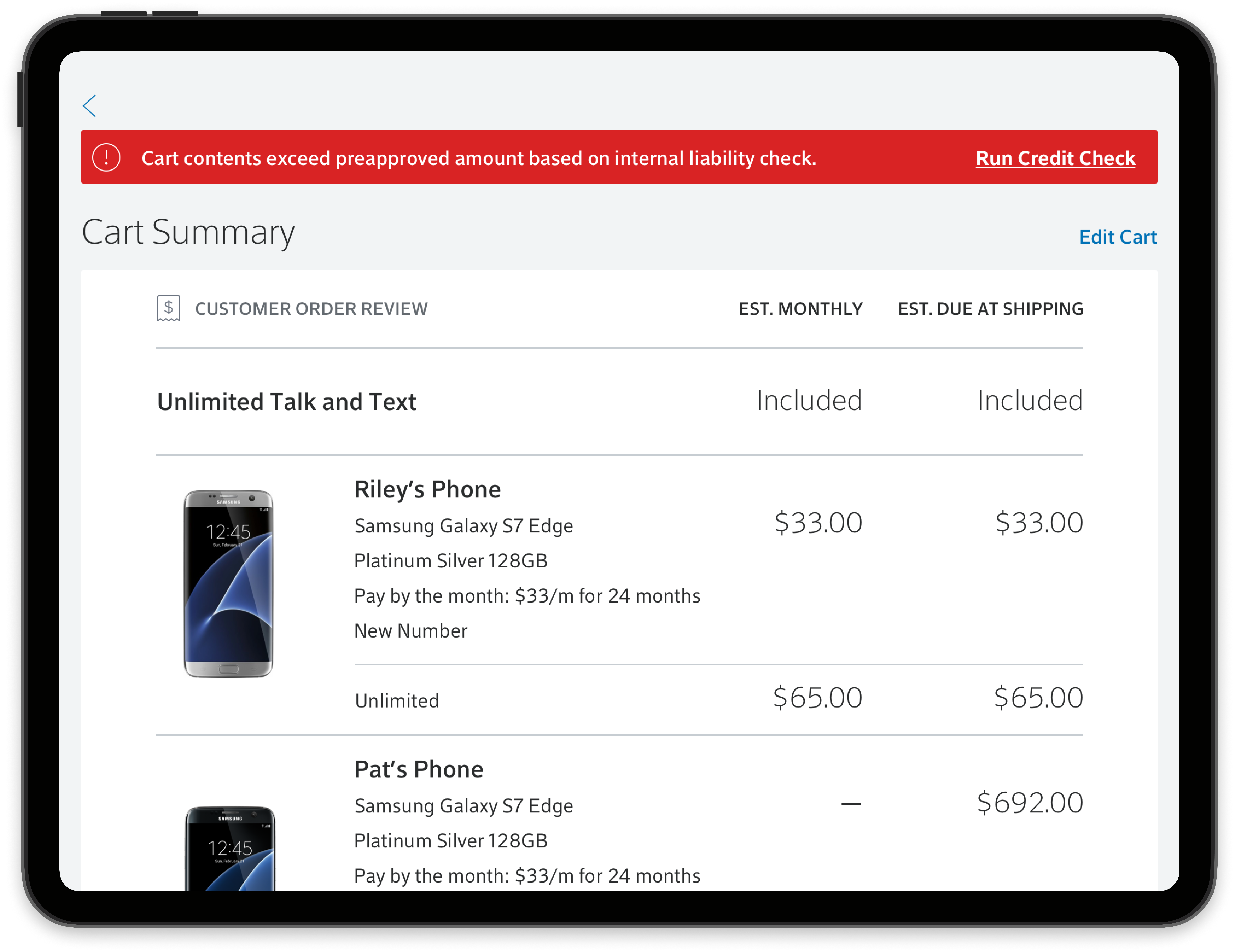

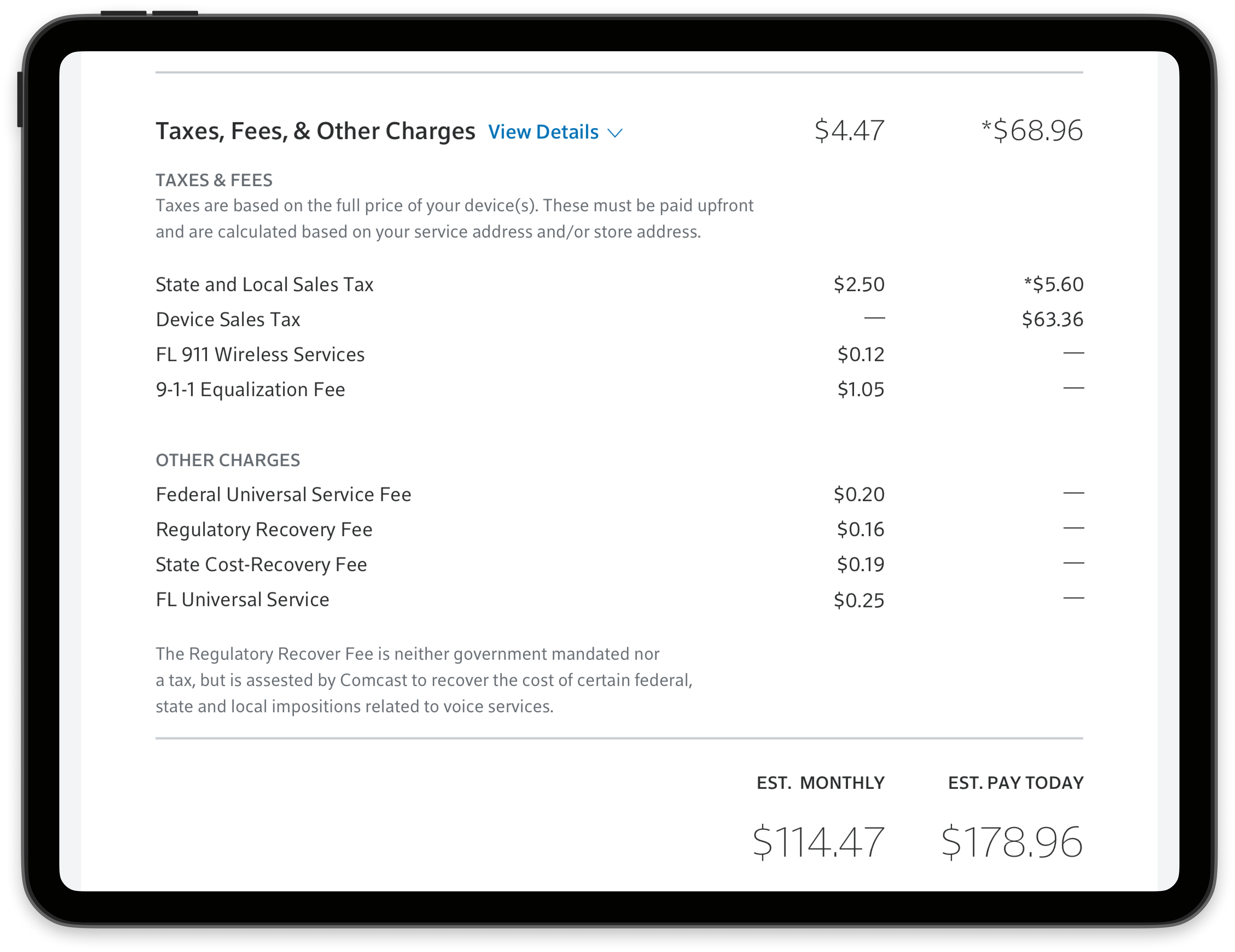
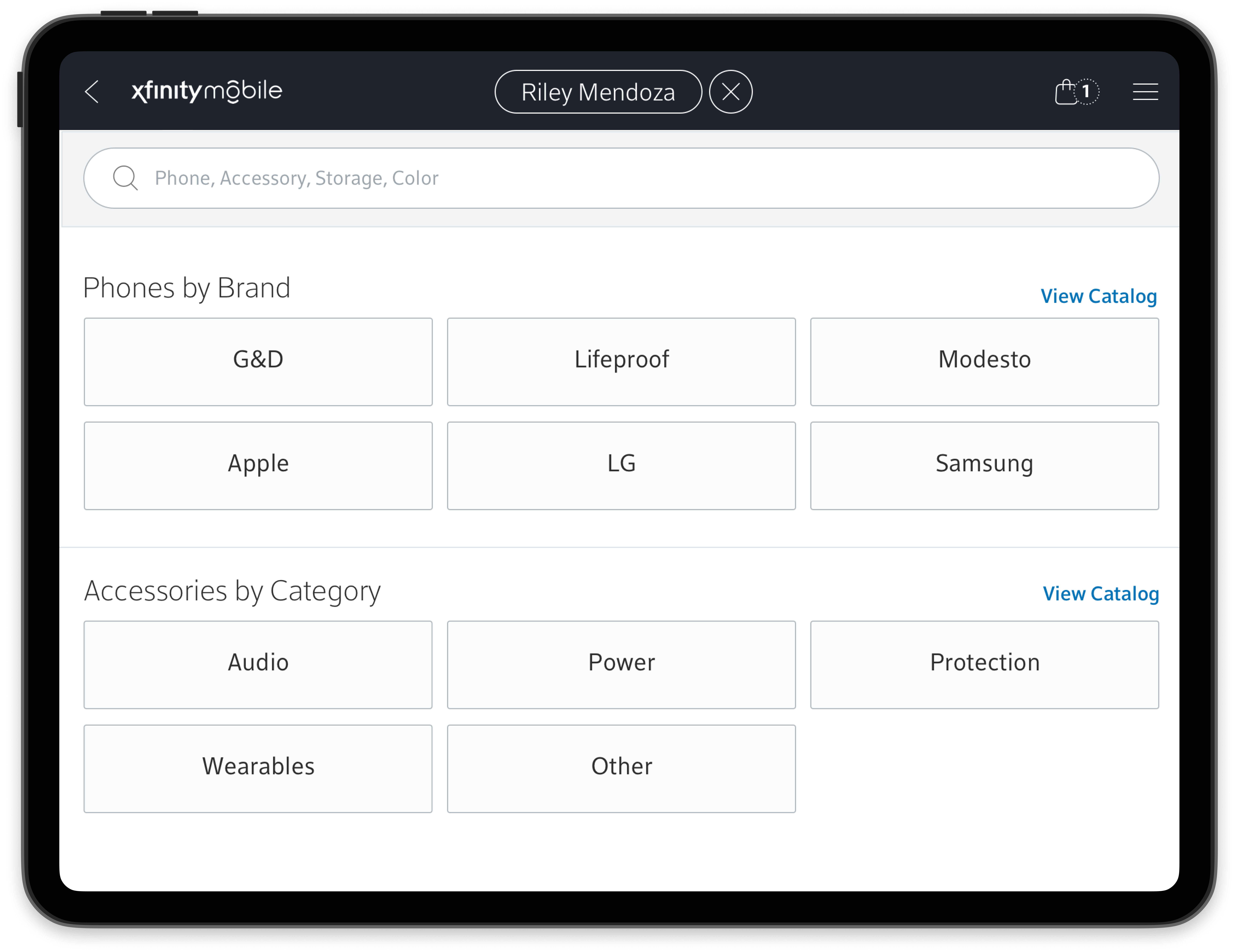
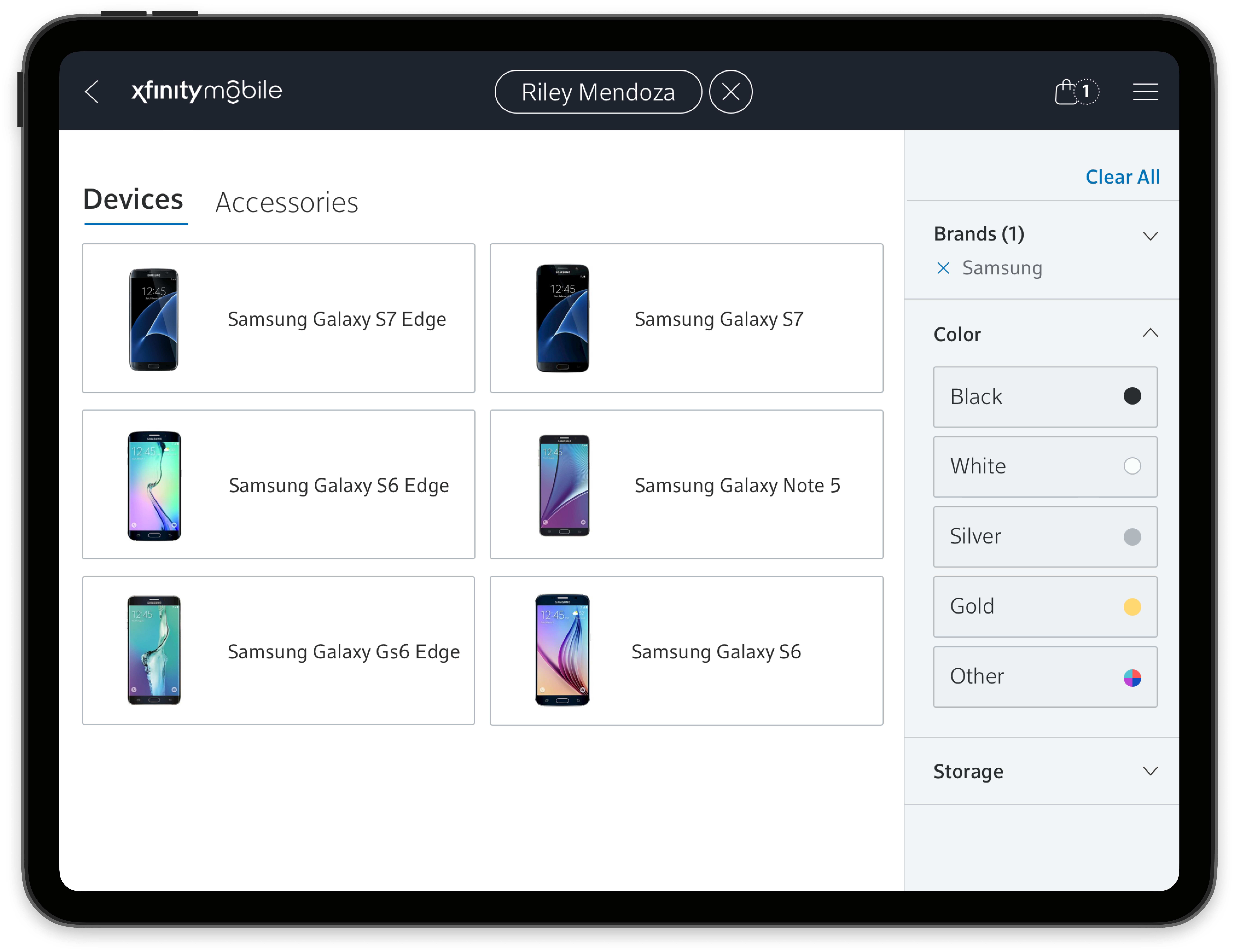
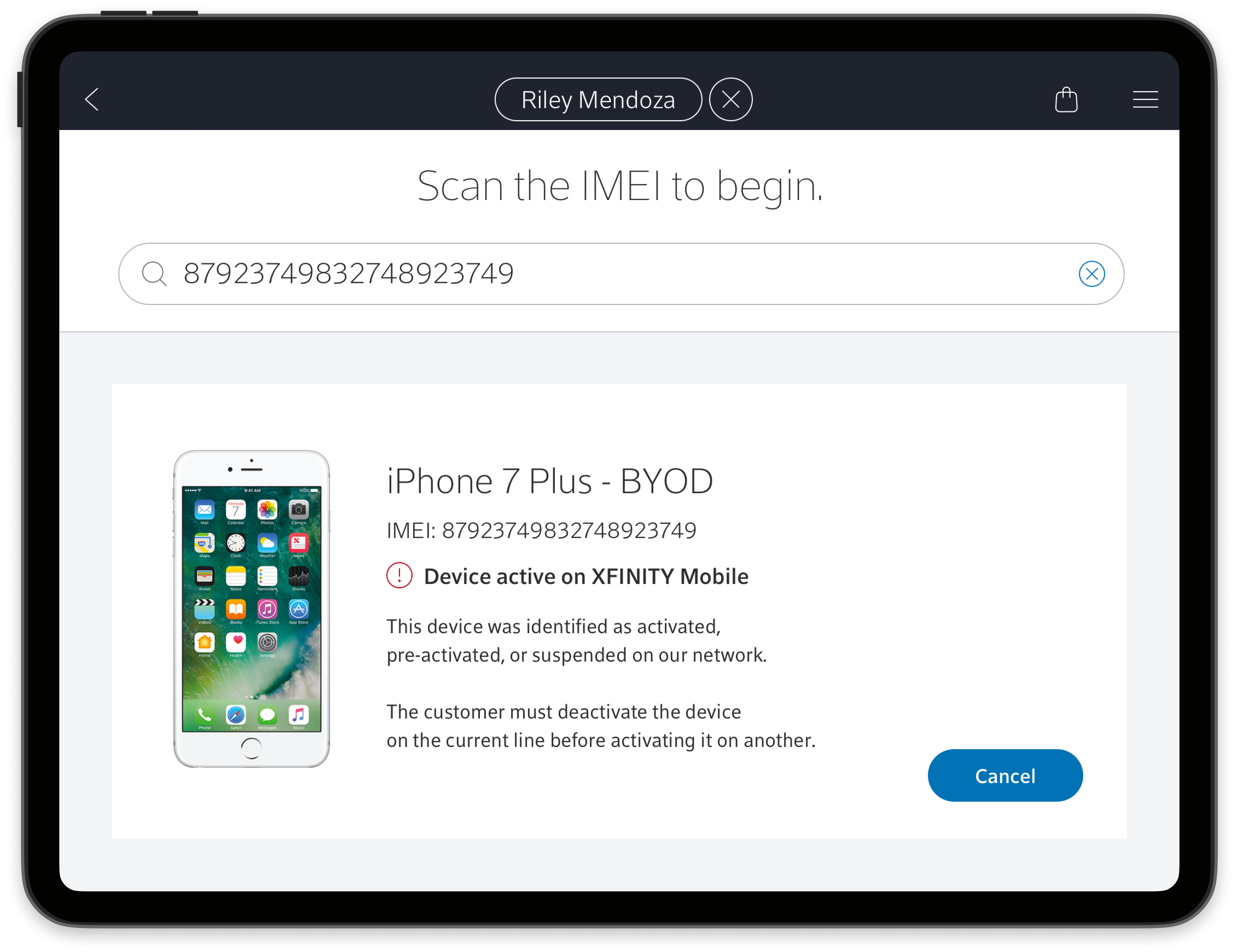
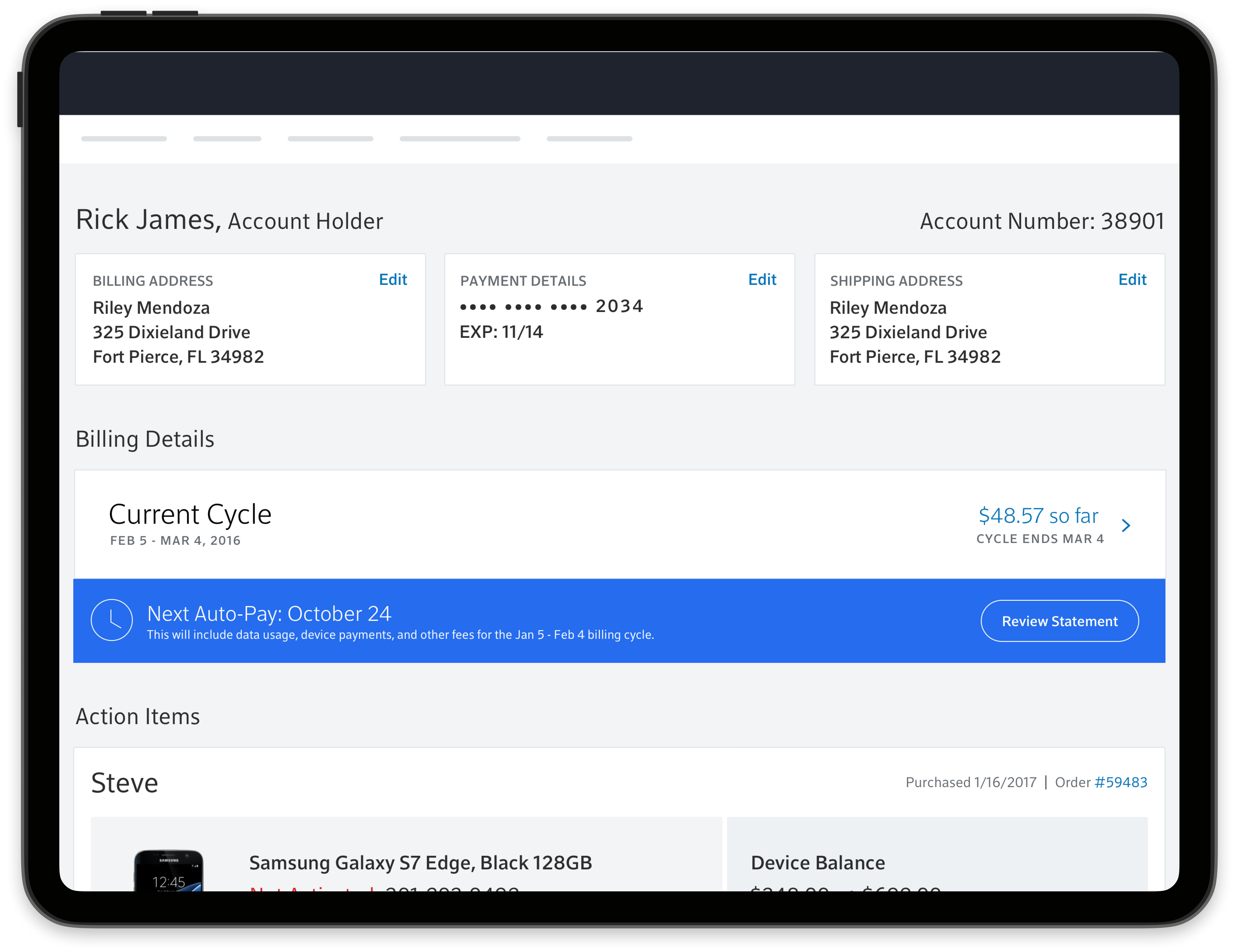
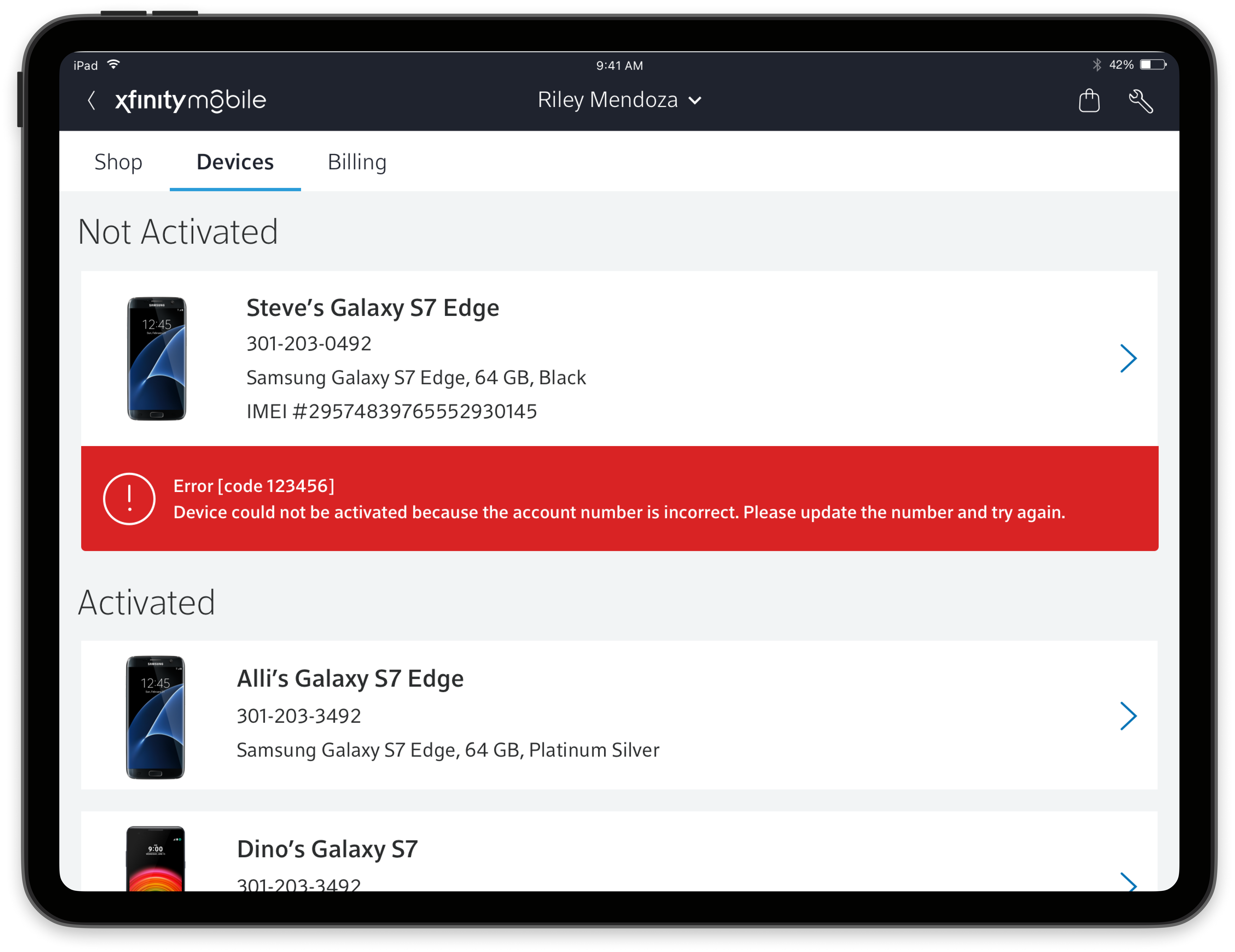


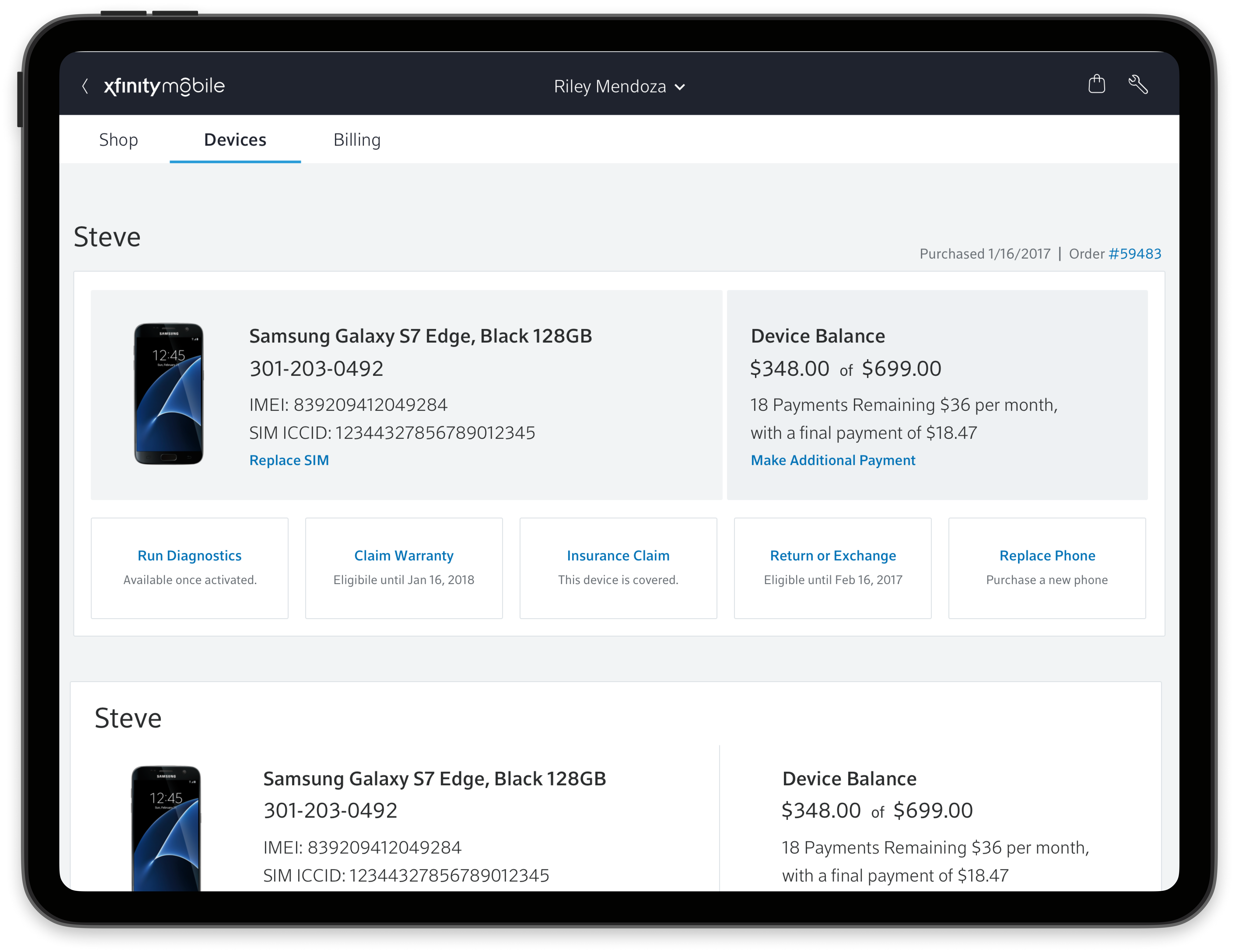
Role and Responsibilities:
To design a unified tool that enables support, sales, and administrative staff to:
User Research: Conducting interviews and shadowing sessions with support, sales, and administrative staff to understand their workflows, pain points, and needs.
Stakeholder Collaboration: Working closely with product managers, engineers, and business stakeholders to define product requirements and ensure alignment with business goals.
Information Architecture: Designing the structure and organization of the tool to provide easy access to customer information and relevant functions.
User Flow Design: Creating user flows to map out the steps involved in various customer interactions, such as processing a sale, resolving a support issue, or managing a service request.
Wireframing and Prototyping: Developing wireframes and interactive prototypes to visualize the user interface and test design concepts.
UI Design: Creating a visually appealing and intuitive user interface that adheres to accessibility standards and best design practices.
Usability Testing: Conducting usability testing to gather feedback on the design and identify areas for improvement.
Design Documentation: Creating design specifications, style guides, and other documentation to ensure design consistency and facilitate development.
Results A
01: Empowers staff to efficiently manage a wide range of customer interactions within a single interface.
02: Provides a consistent and personalized customer experience across all touchpoints.
03: Streamlines workflows, reduces errors, and improves staff productivity.
04: Offers a comprehensive view of the customer, enabling proactive support and personalized service.
05: Simplifies staff training and reduces onboarding time.
Results B
01: Reduced porting and activation processing times.
02: Decreased administrator resolution times.
03: Minimized porting and activation errors.
04: Enhanced product scalability.
05: Improved admin satisfaction and customer satisfaction.